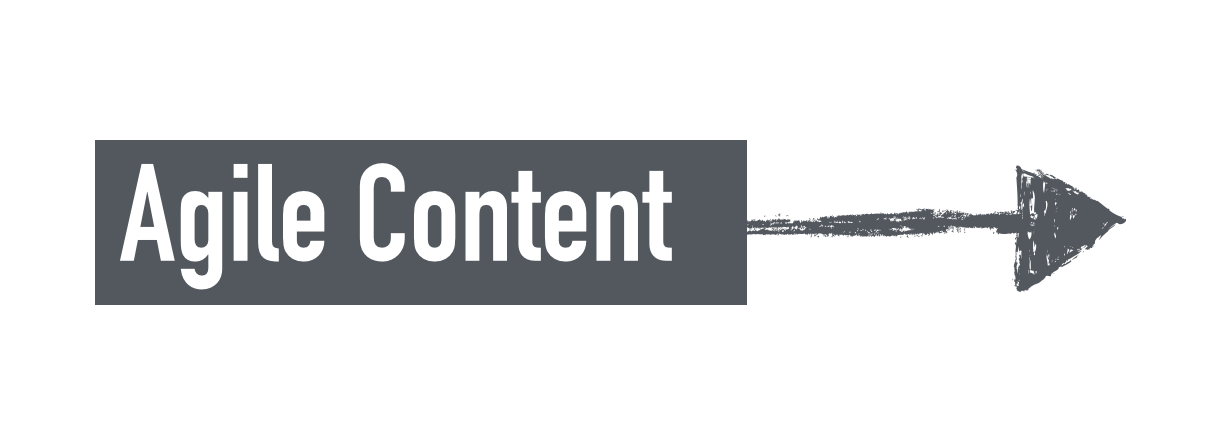How to write a B2B strapline
/We confuse ourselves sometimes in this industry.
The words "strapline", "tagline", "brand proposition" and many others are used almost interchangeably. And this can be really unhelpful.
I've just completed a number of branding projects, where this has been a really key point to understand, so I thought it would be helpful to share.
The strapline comes from the brand proposition. But they ARE NOT THE SAME.
The point is that a single line is useful to summarise all the meaning you are trying to put into your brand (or product or service, for that matter). And it makes a lot of sense to distil those values, those aims, those USPs into a pithy one-liner. But always ask yourself this question: is that line internal or external?
If you are going through a brand project, you need both and they can (and should) be very different.
Example. A software company spends weeks discussing and identifying the traits that make it unique from its competitors. It realises that it is larger, more stable and more reliable than many competitors, and thus delivers peace of mind to the buyer. It is important to summarise this for the internal team into a single line, eg:
"the customer can rely on us and our experience"
That's fine internally, but to work externally it needs to act like the brand it describes – and be phrased in a style that is consistent with its own personality. For example, if you want people to rely on you, you don't use cheeky, slangy language. You avoid playful puns. You say it straight because that's the kind of impression your are trying to give. So a suitable (external-facing) strapline might be:
"An experienced hand"
"Trust in our experience"
"Working for you"
They're not very sexy but, you decided that your brand needed to appear reliable. So those are the kind of words you have to use. Effectively, your prospect gets (a little) peace of mind from the strapline itself. (And note that you don't need to use the word 'reliable' at all. That was to spell it out to the internal audience.)
Consider example 2. An analytics company looks at its own strengths and weaknesses, compares them with the competition, and decides that its point of differentiation is the natural curiosity and intelligence of its consultants, (rather than its software tools, which is what everyone else says). So - to make sure that everyone at the company understands it – it expresses its internal brand proposition as:
"it's the intelligence and curiosity of our people that makes the difference"
But when they need to express it externally, to simply repeat that line would be (a) ugly and (b) wrong. It doesn't sound like the kind of thing an intelligent and curious person would say. Instead, it should choose words that capture that spirit. eg:
"Now why didn't you think of that?"
"The view's better from over here"
"Squeezing the data until it talks"
These are too cryptic to be useful as an internal term, but they summarise the brand's distinctiveness in their style alone. They sound fresh, exciting, different. They have memorability, style and a zippiness that you would expect from a curious, intelligent brand.
Simply writing out the brand proposition and slapping it below the logo is the equivalent of sending out a user manual and expecting someone to buy your product. The internal brand proposition explains functionally what your brand is about; the external strapline actually lives it.
What label do you use?
This is the other problem. We never know what to call these things. So make it easy for yourself and simply add the word "internal" or "external". That way you don't over-complicate things, but you do it right – and everyone knows what you mean. That's what we're all looking for, isn't it?

